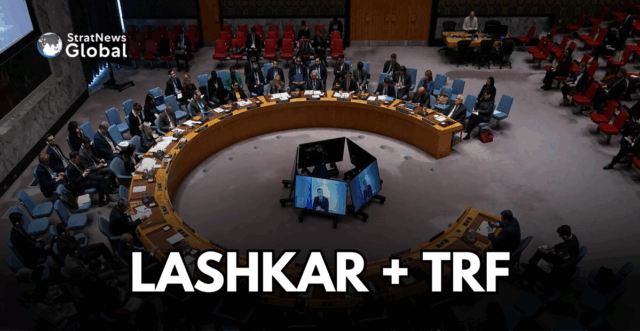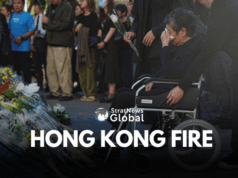A proxy of the Lashkar-e-Taiba (LeT) has been named in a report by a monitoring team of the UN Security Council’s Sanctions Committee. The proxy known as The Resistance Front, (TRF) was involved in the terror attack that killed 26 civilians in April in Pahalgam, India.
Underscoring that the attack could not have happened without the support of the LeT, the report says “The attack was claimed the same day by The Resistance Front, who in parallel, published a photograph of the attack site.”
Incidentally, this is the first time since 2019 that the LeT has been named in the monitoring team’s report. The US had earlier designated the TRF a Foreign Terrorist Organization.
While India may see this as a diplomatic win, a study by Muhammad Amir Rana of the Pakistan Institute of Peace Studies, suggests that while some efforts have been made in that country to restrict the activities of militant networks in Kashmir, “these groups have not been entirely eliminated … and continue to damage Pakistan’s international image.”
Rana’s study pubished in the respected Dawn newspaper, notes that despite billions of (Pak) rupees being spent on rehabilitation and mainstreaming programmes for LeT cadres, “there is little transparency about who implemented them and what the outcomes were.”
The mainstreaming idea stemmed from the need to fill the space left by the Jamaat-e-Islami in Punjab, which had lost the support of the establishment. How well this progressed is not clear given that the LeT is divided with some elements in favour of continuing with miliitancy while others believe they need to disengage from armed struggle.
As for the Jaish-e-Muhammad, Rana’s study suggests the authorities saw it as a “potential risk” since some of its commanders and factions had defected to Al Qaida and Tehreek-e-Taliban after 2004. “Although its infrastructure has already been significantly weakened, it continues to pose a threat to internal security.”
More important is the assessment that “it does not have the potential to be converted into a political party as it lacks the extensive networks of groups like the LeT. Nor does it have the vision or capacity to adopt a new path. It has been kept in the domain of charity … a complete dismantling would create internal security problems, pushing its fighters to join anti-Pakistan terrorist groups.”
Rana sums up by noting that Pakistan’s militancy-landscape is changing rapidly and while there is a “zero tolerance” policy towards the Tehreek-e-Taliban and Baloch groups, a similar approach is not visible to other radical and militant outfits.





